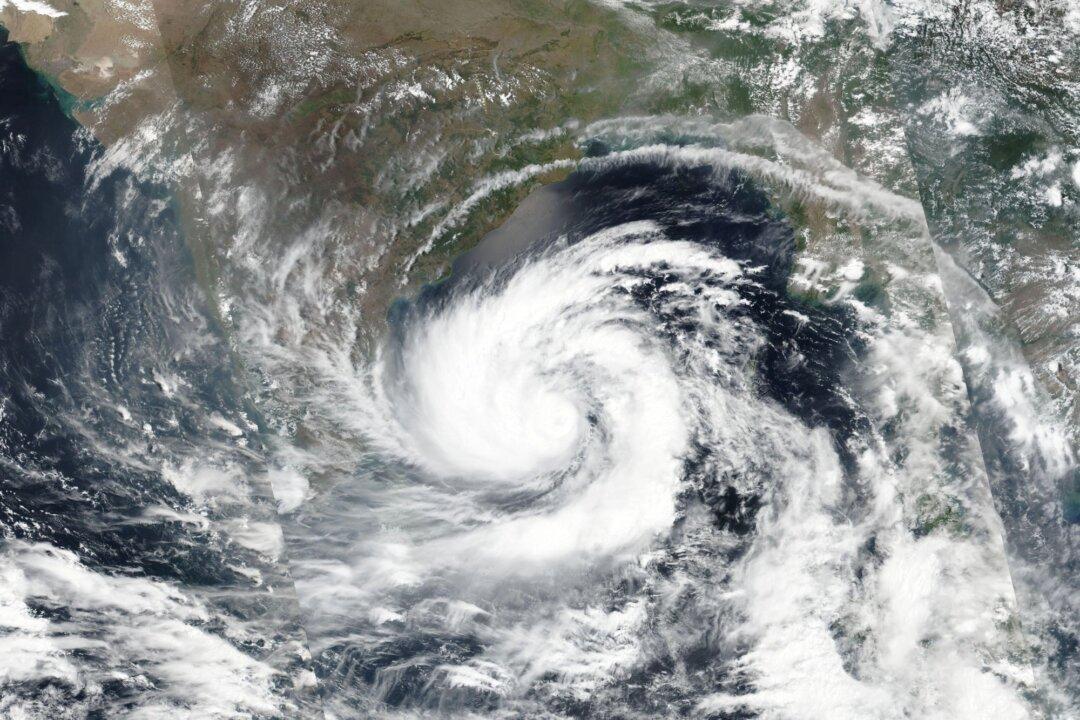KOLKATA/DHAKA—A powerful cyclone barrelled into eastern India on Wednesday with heavy rain, wind, and waves as millions of people were evacuated from there and neighboring Bangladesh in an operation complicated by the campaign against the CCP virus, a novel coronavirus that originated in China and has since caused a global pandemic.
Cyclone Amphan had begun moving inland, the India Meteorological Department said in a bulletin at 3 p.m. (0930 GMT), after brewing for days in the Bay of Bengal to become one of the strongest storms to hit the region in about a decade.





